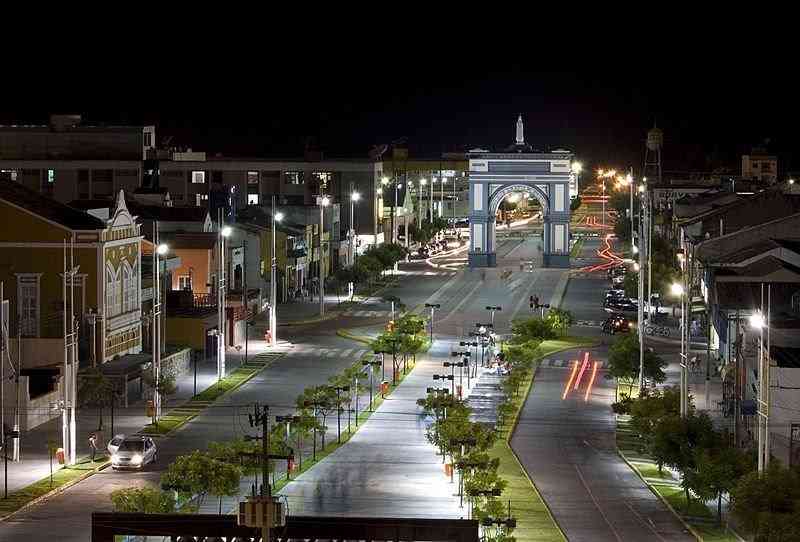By Harold Emert
RIO DE JANEIRO, BRAZIL – During a visit to Rio de Janeiro in 1925, the German, Swiss, and American physicist Albert Einstein said: “The luminous sky of Brazil proved the theory formulated by my mind.”
Einstein was referring to Sobral in the northeast of Brazil, where his general theory of relativity was “proven” in May 1919, during a solar eclipse which lasted 6 minutes and 51 seconds.

On this historic day, Brazilian, American, and British scientists invaded Sobral with their telescopes and measuring devices to observe a solar eclipse to corroborate the physicist’s 1915 theory that light is deformed if it hits an object. They had been tipped off to the eclipse in Sobral by Henrique Morize, director of Rio’s National Observatory, who had sent out an alert to Britain’s Royal Astronomy, commanded by Arthur Eddington and Frank Dyson.
On November 6th, 1919, they affirmed, “without any doubt”, to the Royal Society in London that Einstein’s theory of relativity was correct; the Society confirmed their findings.
Explaining the theory, the director for Scientific Development at Rio’s Museum of Tomorrow, Alfredo Tomasquim, told Rio’s O Globo newspaper:
“If we place a heavy ball on a mattress, it will deform it, and if afterward, we throw a marble onto the same mattress, its trajectory will be changed. The same phenomenon occurs with light: it deviates when hitting a huge object.”
Besides Sobral, “eclipse hunters” had also visited the Island of Príncipe, off the coast of Africa, but bad weather conditions hindered their research. In 1914, the scientists had to abandon their research in the Ukraine due to the advance of military troops in World War I.
In partnership with Rio’s National Observatory, to commemorate the discovery, Sobral, whose main tourist attraction is a statue of Einstein (1879-1955) sitting on a rock, inaugurated on Wednesday an exhibition about the historic eclipse.
Moreover, on Wednesday afternoon Rio’s Museum of Tomorrow held a debate entitled “An eclipse to call yours” about the scientific, cultural, and religious impact of the phenomenon.
Since May 29th, 2018, Sobral (population around 200,000) has been celebrating “the year of science” with events and lectures, not only for the scientific community but also to explain Einstein’s theory to laypersons.
Once a little-known backwater town, Sobral now has a “Museum of the Eclipse”, inaugurated in 1999 on the 80th anniversary of the discovery. In 2015, a planetarium was constructed.
All thanks to the genius of Einstein!

